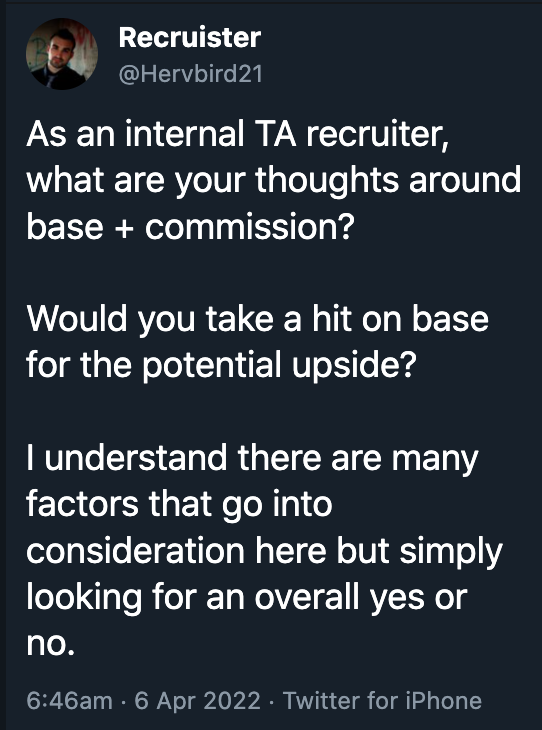I’m out at the world’s largest HR Technology Conference this week, learning a ton and having some amazing conversations with peers and practitioners. One, in particular, is sticking with me about how we measure success in HR and Talent Acquisition.
With the increase in the capture of data across our technology stacks, we have more information than ever to give us insights and really give us better robust measures of success. But we tend to hang on to old measures that have little correlation to actual success.
There are a bunch of things getting in the way of us successfully determining what should be the measures of success in our functions:
- We need to measure things that are challenging but not too challenging.
- We tie our success metrics to annual bonus potential.
- We don’t really know what success should look like from a benchmarking standpoint.
- We have legacy measures that everyone is just kind of used to, and the majority of the industry still uses them. So, we should follow the pack.
- We need measures that we can quickly manipulate of having excuses if things go sideways.
We will never admit the truth above.
From the HR Technology standpoint, your technology vendors assume you are much more sophisticated than we really are. I don’t mean that in a way that is meant to slight our expertise and knowledge. If I had HR and TA leaders rate their own skill competencies, almost always, technology would come in dead last. Most of us have this as an area of massive improvement.
Why does this matter?
Our technology will drive our success measures. Our technology vendors believe we know what success looks like. So, they build our measures, even when they know there are actually better measures of success that they can pull and put together. True, black and white measures that are not subjective and can’t be manipulated.
The first thing that would help with creating real HR measures of success would be to decouple our bonus compensation and measures. Having a person design their own measures of success and tying it to a compensation outcome is a recipe for failure and underperformance. If anything, HR and TA should have their bonus tied to business success outcomes and measure functional success separately. In the long run, a highly successful function should help the business achieve better outcomes.
This one practice frees us up to really dig into our data and our technology and redefine what success looks like around the HR umbrella of functions. To really use our data and our insights to reach new levels and better understand how we can make an impact and improve. We should feel like we can build measures of success and fail at those measures without killing our livelihood. That’s the only way we can hope for true change and worthwhile long-term measures that help us succeed.
What I’m finding is the HR technology community is ready to help us do this. We just have to ask them! We have to ask them to define our success using a data analytics approach and understand the outcomes and insights we can gain from these new measures. This also takes a big of courage because we’ll be leading not following and that’s always a vulnerable spot. But, one I think separates great leaders from average leaders.

